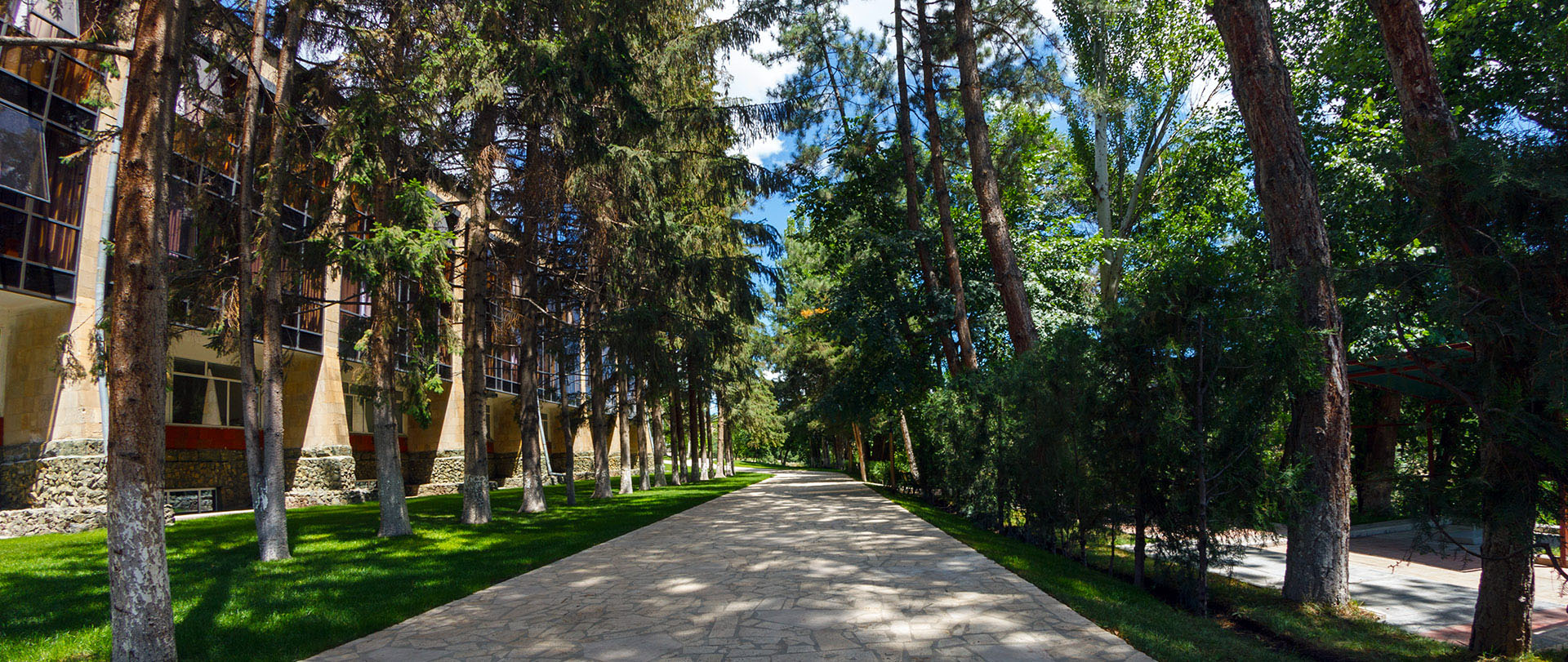
Easter in Armenia
Would you like to immerse yourself in history and culture, and learn more about the first country to adopt Christianity as a state religion? Visit Armenia during the Easter holiday! You’ll experience unforgettable emotions and, of course, get to taste traditional Armenian dishes.
Easter in Armenia: When and How It’s Celebrated: In the middle of spring, the long-awaited and radiant holiday arrives. Let’s take a closer look at when Easter is celebrated in Armenia.
The date of Easter is not fixed and constantly changes, as it is based on the lunar calendar, which is itself variable. 1,700 years ago, in 325 AD, the First Ecumenical Council made a decision for all Christians: to celebrate Easter on the first Sunday after the spring equinox. However, discrepancies still arose due to the 13-day difference between the Gregorian and Julian calendars, which affects the dates of Easter and other religious holidays. For example, Christmas in Armenia is celebrated on January 6, while in Russia it is on the 7th. And Easter is usually one week earlier than the Orthodox celebration. However, sometimes there is a large gap (as in 2024, when Easter was celebrated in Armenia on March 31 and in Russia on May 5), and sometimes they coincide (as in 2025 - on April 20).
What comes before Easter?
1. Great Lent, which lasts 7 weeks.
2. Forty days after the beginning of Lent, one week before Surb Zatik (Holy Easter), Tsakhkazard (Palm Sunday) is celebrated. On this day, people bring home blessed willow branches and wreaths from church, hoping they will bring peace, harmony, abundance, prosperity, and grace. Note: Incidentally, it is on Palm Sunday that people begin to sow wheat or lentils. These sprouted seeds symbolize new life and the resurrection of Christ.
3. The last and strictest week of Great Lent is Holy Week, which commemorates the sufferings of Christ.
4. On the eve of Easter, on the night of Holy Saturday, parishioners gather in churches where the Divine Liturgy is held and the "Chrakaluyts" ceremony takes place. Believers light candles and lamps from the altar candle, which symbolizes the Holy Fire from the Church of the Holy Sepulchre in Jerusalem.
5. On Saturday evening, after the main Liturgy, parishioners greet the Resurrection of Jesus Christ. Note: By the way, on Saturday, Armenians mostly dye eggs red, which symbolizes the blood of Christ that was shed.
6. Sunday morning begins with a solemn service: the Easter prayer is performed, followed by the "Andastan" ceremony (blessing of the four corners of the world), then the Divine Liturgy and the blessing of the dyed eggs. After returning from church, the family gathers at the festive table. Traditional dishes include: Dyed eggs placed on sprouted wheat, rice pilaf with raisins, boiled fish “Ishkhan” (trout), Easter , plenty of greens and spinach, red wine.
When is Easter 2025 in Armenia?
This year, Easter falls on the same day for all Christians (Gregorian, Catholic, and Orthodox) is April 20. Such a coincidence is quite rare. Take advantage of this fact and plan your trip to Armenia in advance! Easter Tours to Armenia 2025 Are you interested in the traditions and customs of our country? Are you ready to spend the Easter holidays in an atmosphere of warmth and hospitality? Do you want a change of scenery, to learn something new, and recharge with positive emotions?
Contact us! Our specialists will help you choose the perfect Easter tour to Armenia, tailored to your wishes and budget.
Book here! For more details, call +7 958 402 21 61 or message us in the chat - we’re always online!
back

